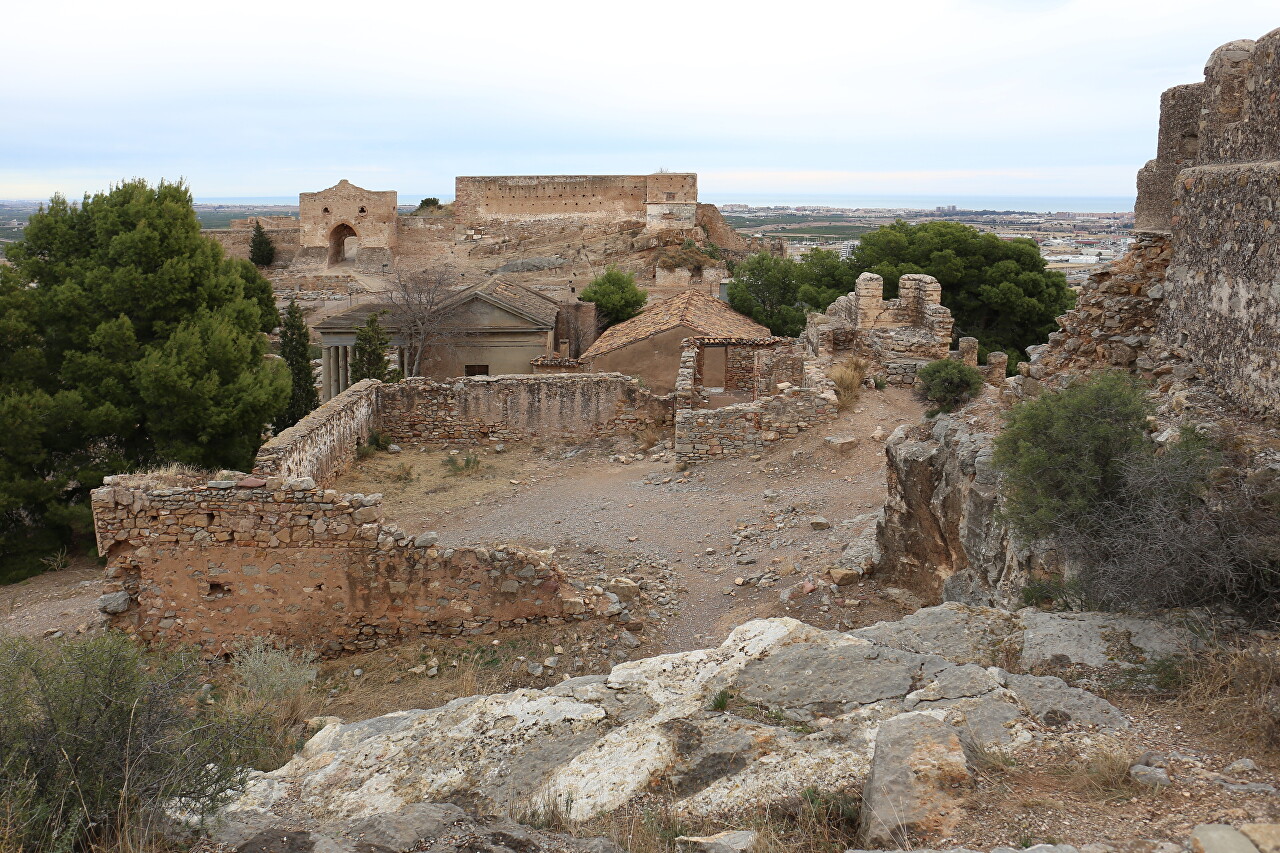Saginto Castle. Alcazaba
Today I had planned a visit to the ancient fortress of Sagunto, located near Valencia. You can get there by bus from the bus station of Valencia route L115 Valencia-Puerto Sagunt. Buses leave from platform 30 (timetable), you can buy a ticket from the driver. Go to the Sagunto RENFE stop. The bus makes several stops in Valencia, particularly at the Serrano Gate. From the stop, you have to walk a few blocks of the new city, then climb the narrow streets of the old city, actually bypassing the fortress hill almost completely. After yesterday's +22 this morning it was only +14, it was raining a little, but as I walked from the bus stop to the old city, the clouds swelled a little..
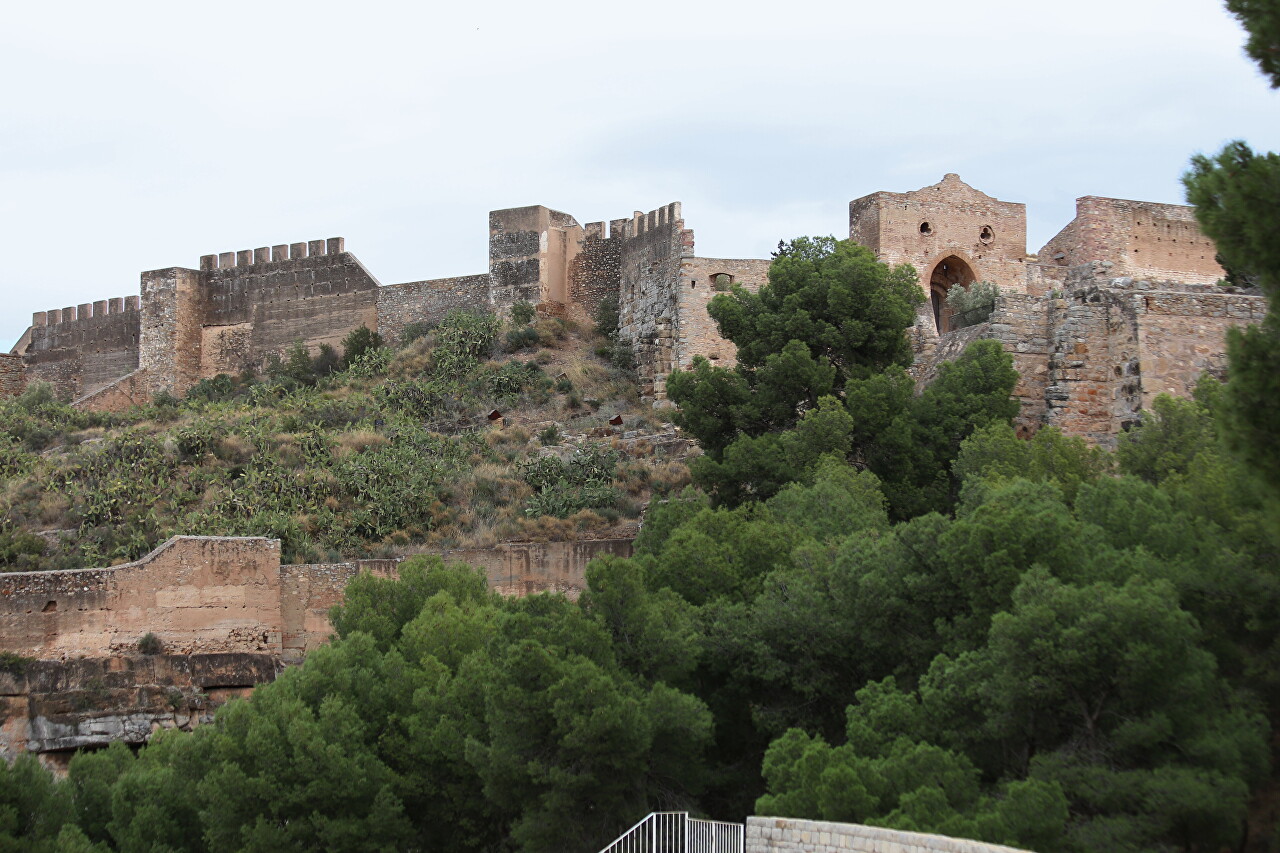
From the Roman amphitheatre, a mountain serpentine leads to the fortress itself. Along the way, there are caves cut into the rock.
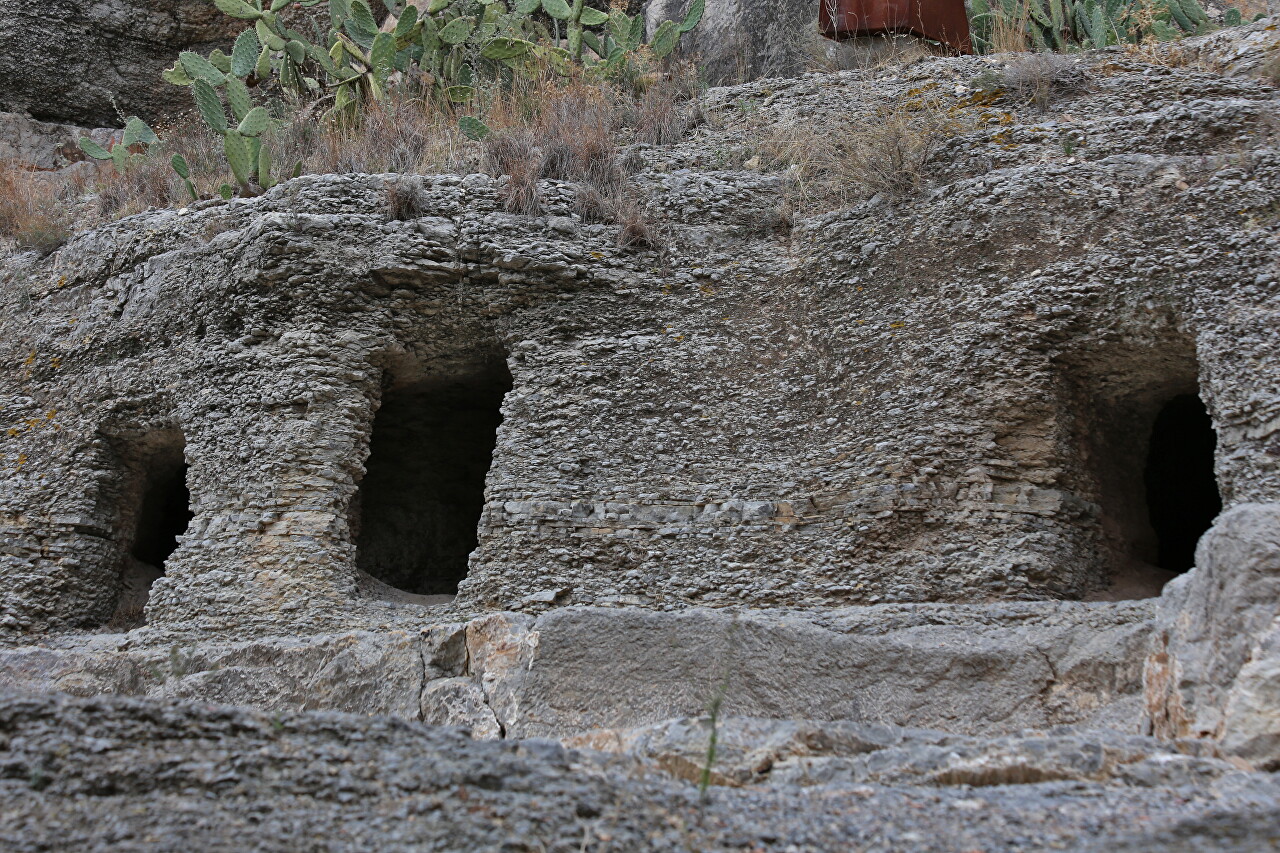
It seems that this niche in the rock is artificial. Although what doesn't happen in nature?
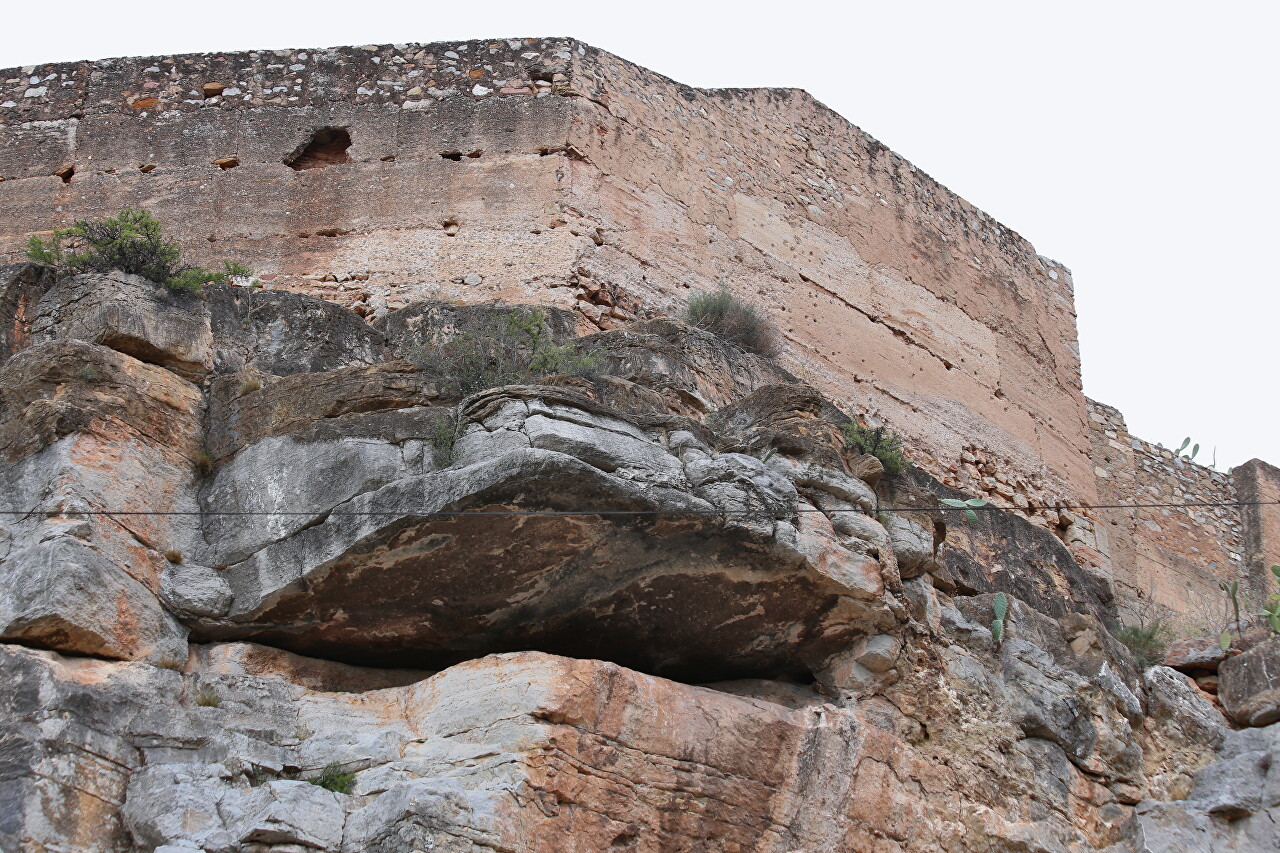
Coming to the gates of the fortress just in time for the opening, and being, apparently, the first visitor this year, I wanted to buy an entrance ticket, but it turned out that the entrance is free today, on the occasion of the new year's holiday - and after asking what country I came from, I was handed a plan of the fortress and a ticket with the right to visit the archaeological Museum and the Roman amphitheater.
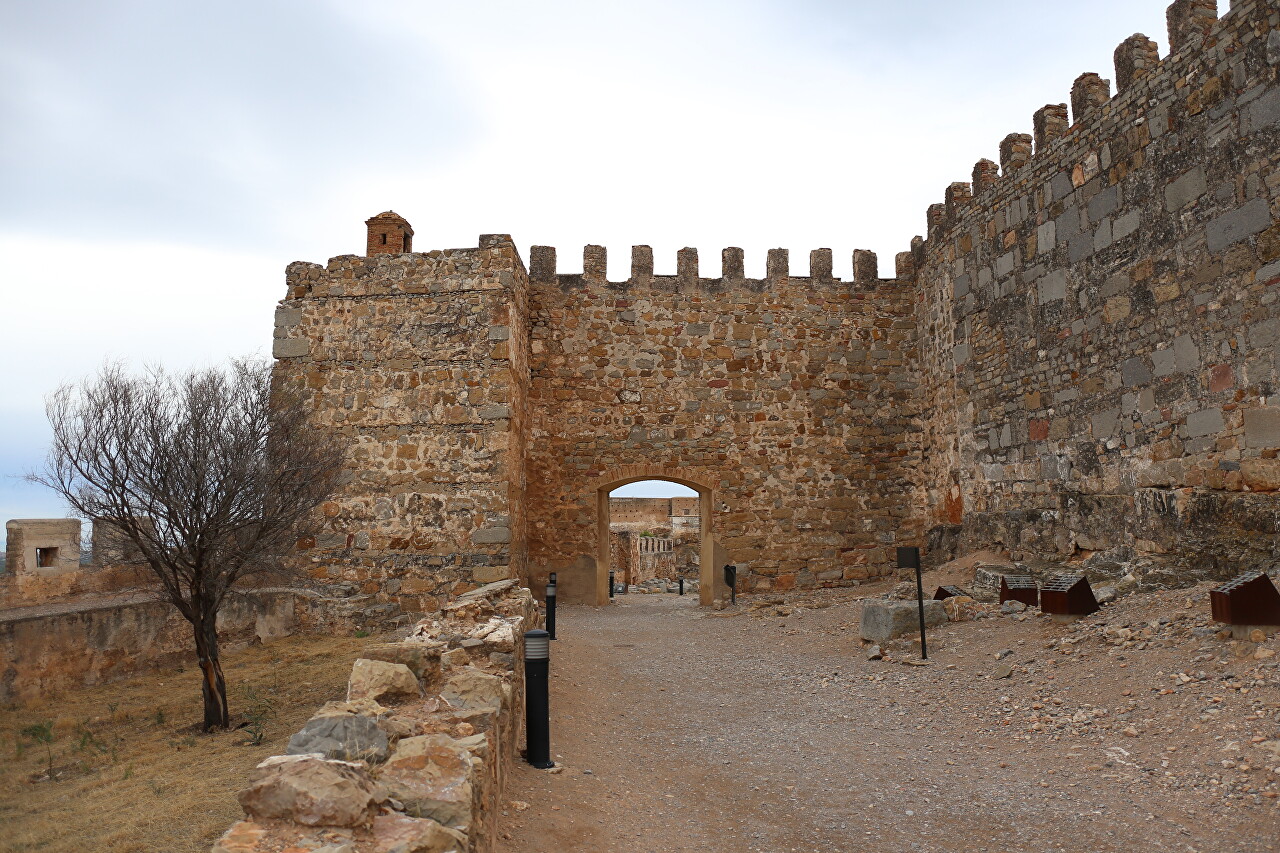
First, I went to the highest point of the fortress to get a General idea of this huge fortification. The fortress was built on a hill that is the closest to the sea foothills of the Sierra Calderona, and allowed you to control a huge territory.
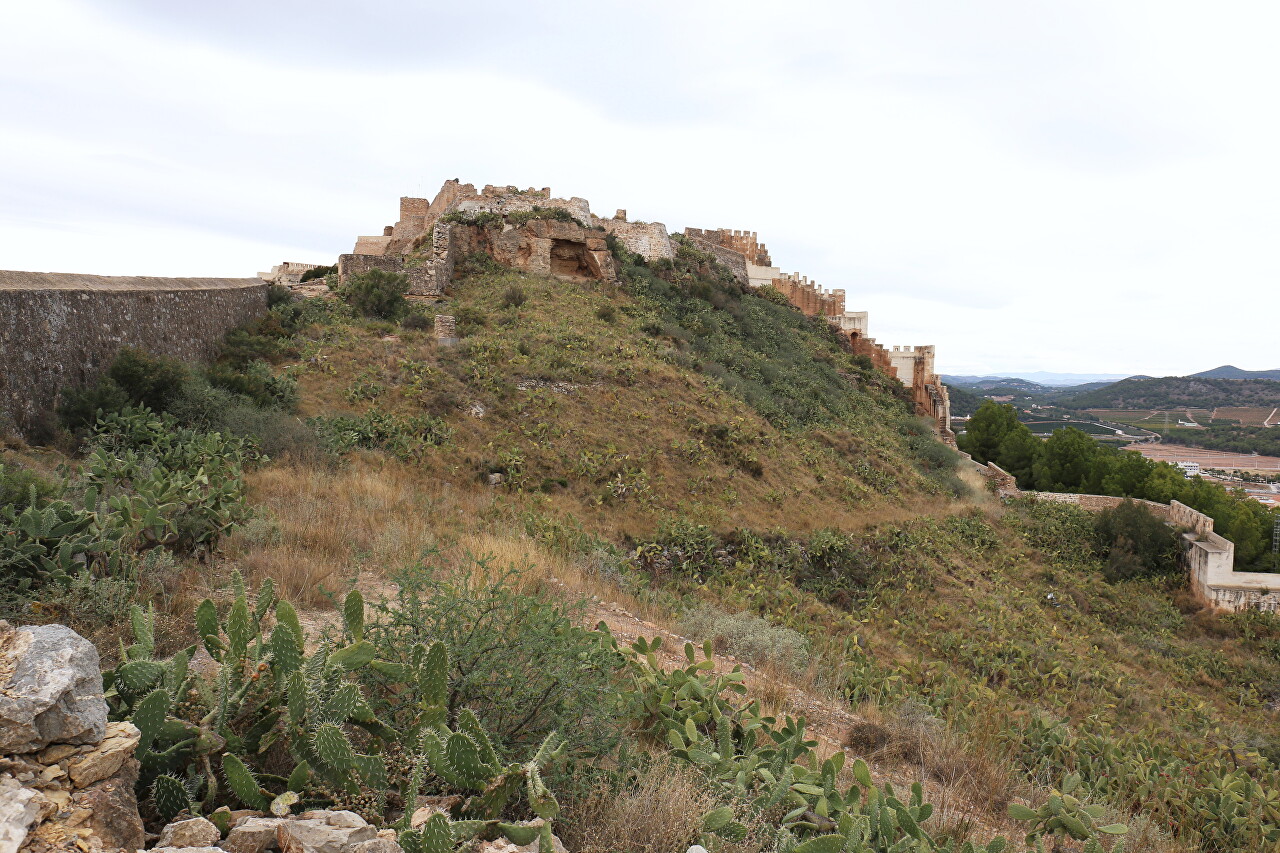
Archaeologists have established that the first people settled here in the bronze age. Later, the Iberians founded a city here called Arce.Here the sea trade routes from Greece and Phoenicia converged, from here goods were sent inland.
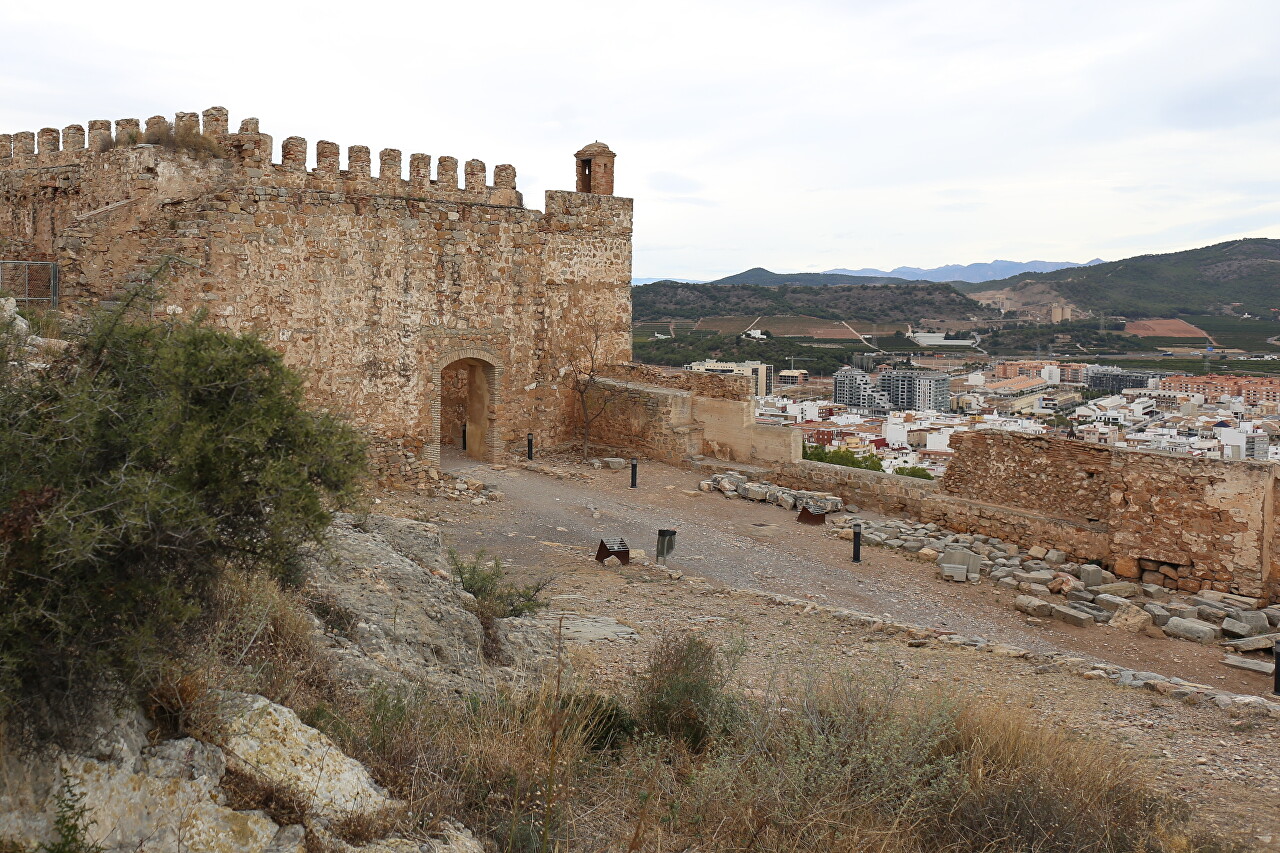
Trade needed protection, so the Iberians built the first fortifications on a hill overlooking the city. Friendly to Rome, the city gave no peace to the Carthaginians, who lost the First Punic war. In 219 BC, Hannibal, then a "novice" Carthaginian General, besieged the fortress and the city with great difficulty, after a seven-month siege, was taken. This was Hannibal's first battle success, and perhaps from lack of experience, the siege lasted so long.
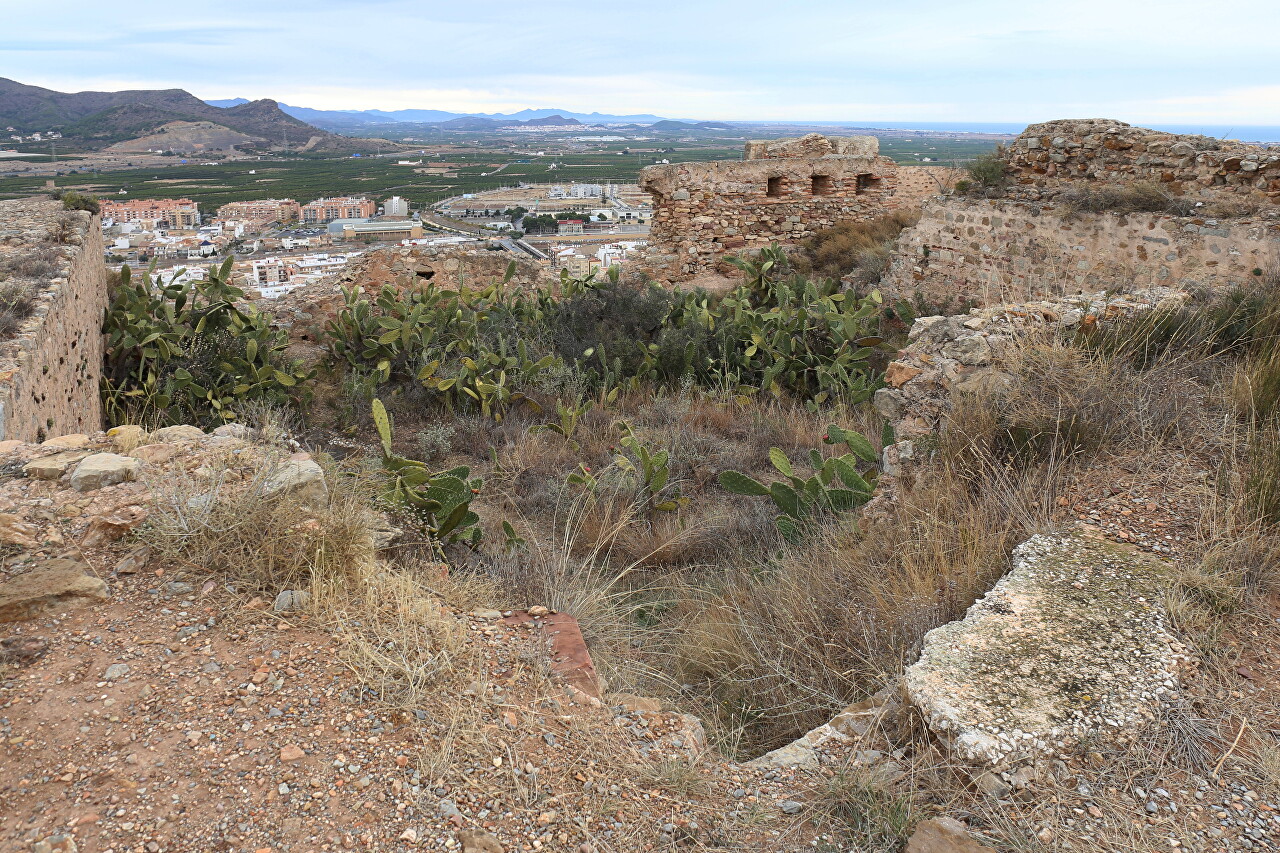
Hannibal's aggression led to the Second Punic war, which resulted in the Carthaginians being expelled from Sagunto in 210 BC and the city coming under the control of the Roman Empire. The Romans expanded the fortress and built a theater on the slope of the fortress hill. The city remained a Roman colony until the fall of the Empire.
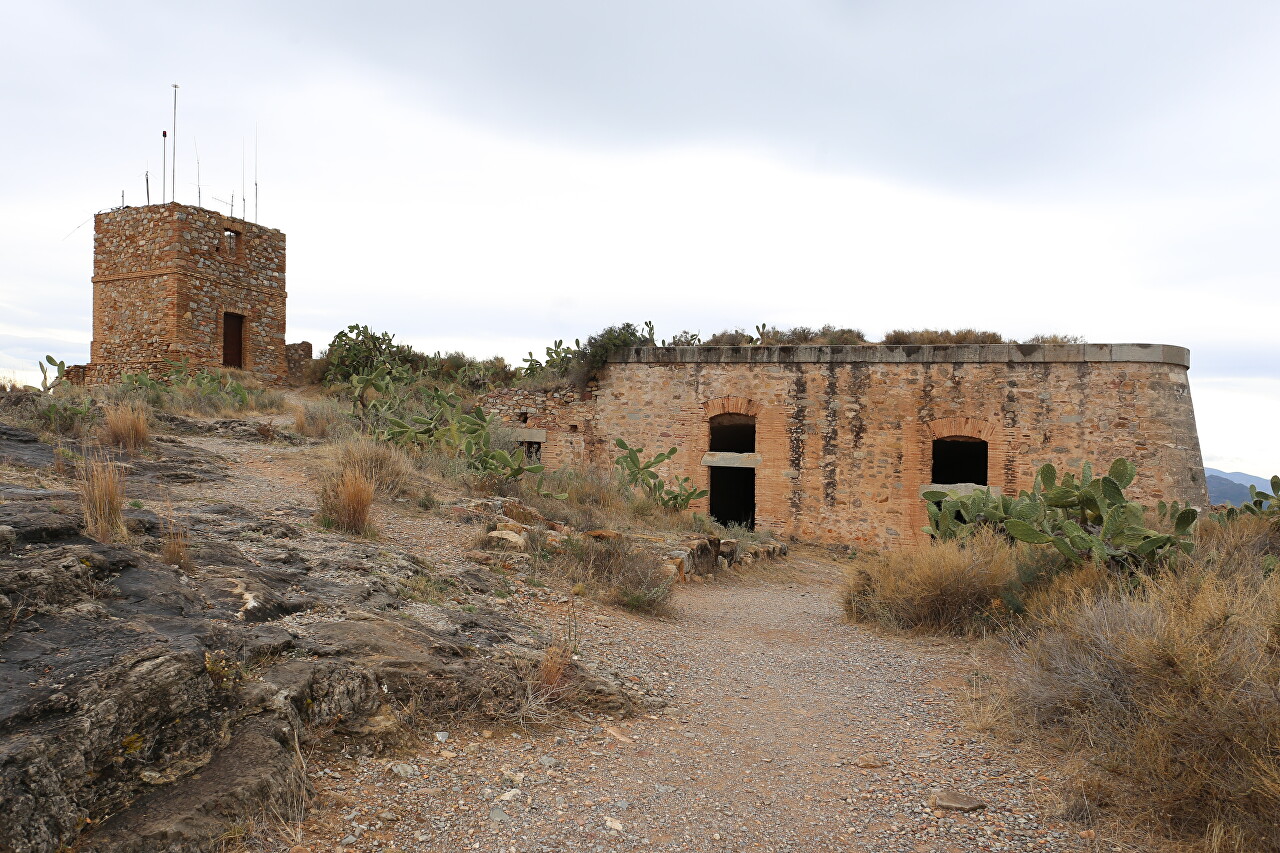
After the fall of Rome, the fortress was occupied by the Moors, and during the Reconquista, Sagunto became one of the first cities to be liberated on its way to Rome in 1098. Valencia famous Castilian knight Cid Campeador (El Cid).
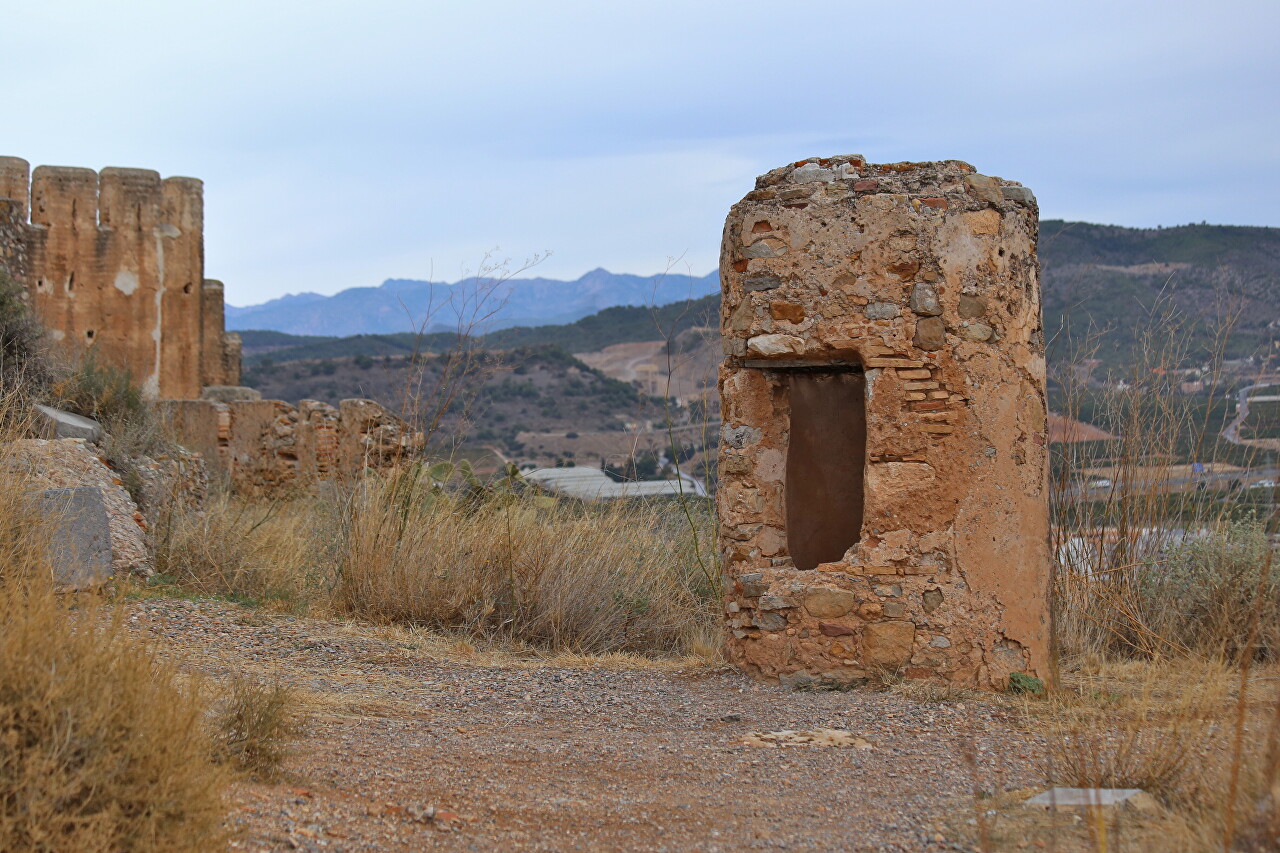
Soon, however, Sagunto is back in the hands of the Muslims. It was only after the capture of the city of Jaime I that Sagunto finally became the Conqueror in 1238 Christian city.
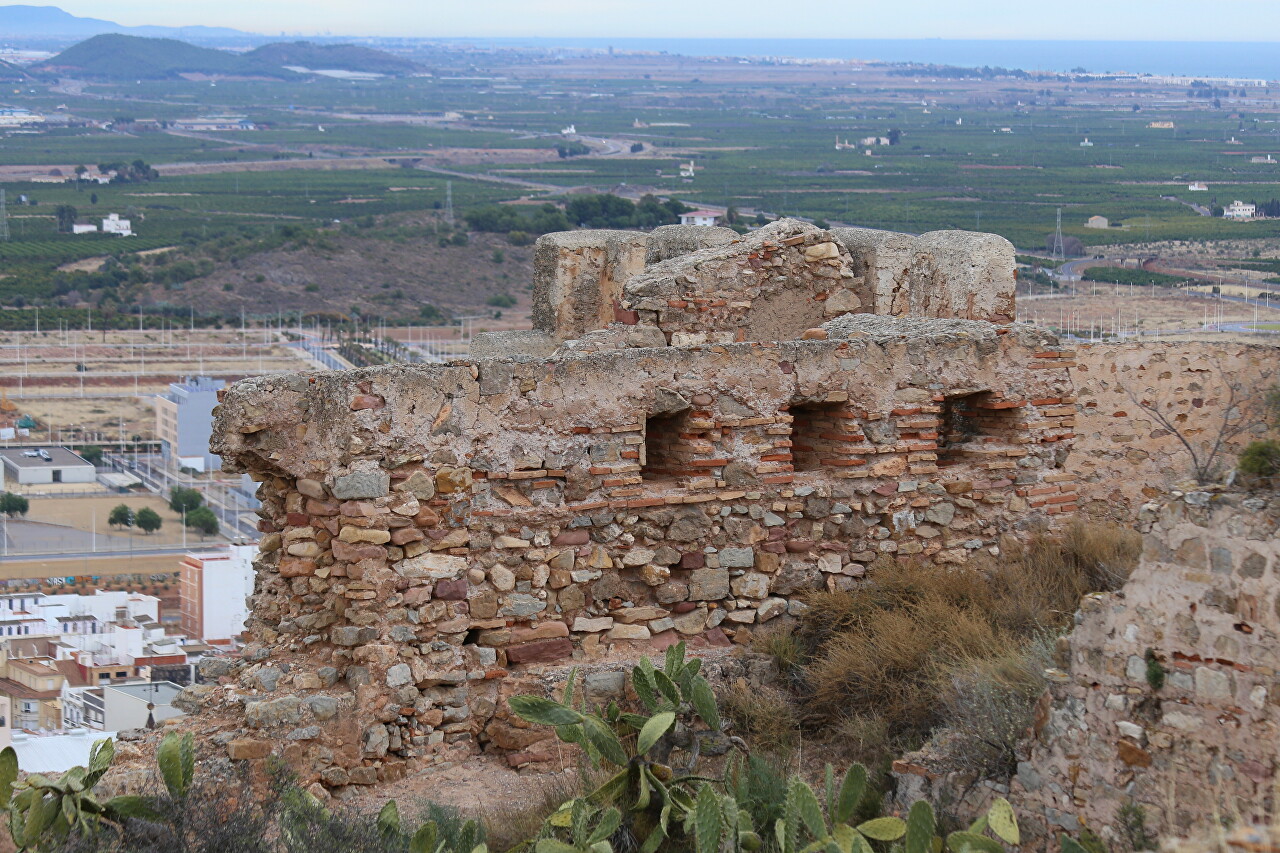
Climbing to the top, I found that the fortress is actually much more extensive than when viewed from below. Fortifications stretch from west to east for 800 meters.
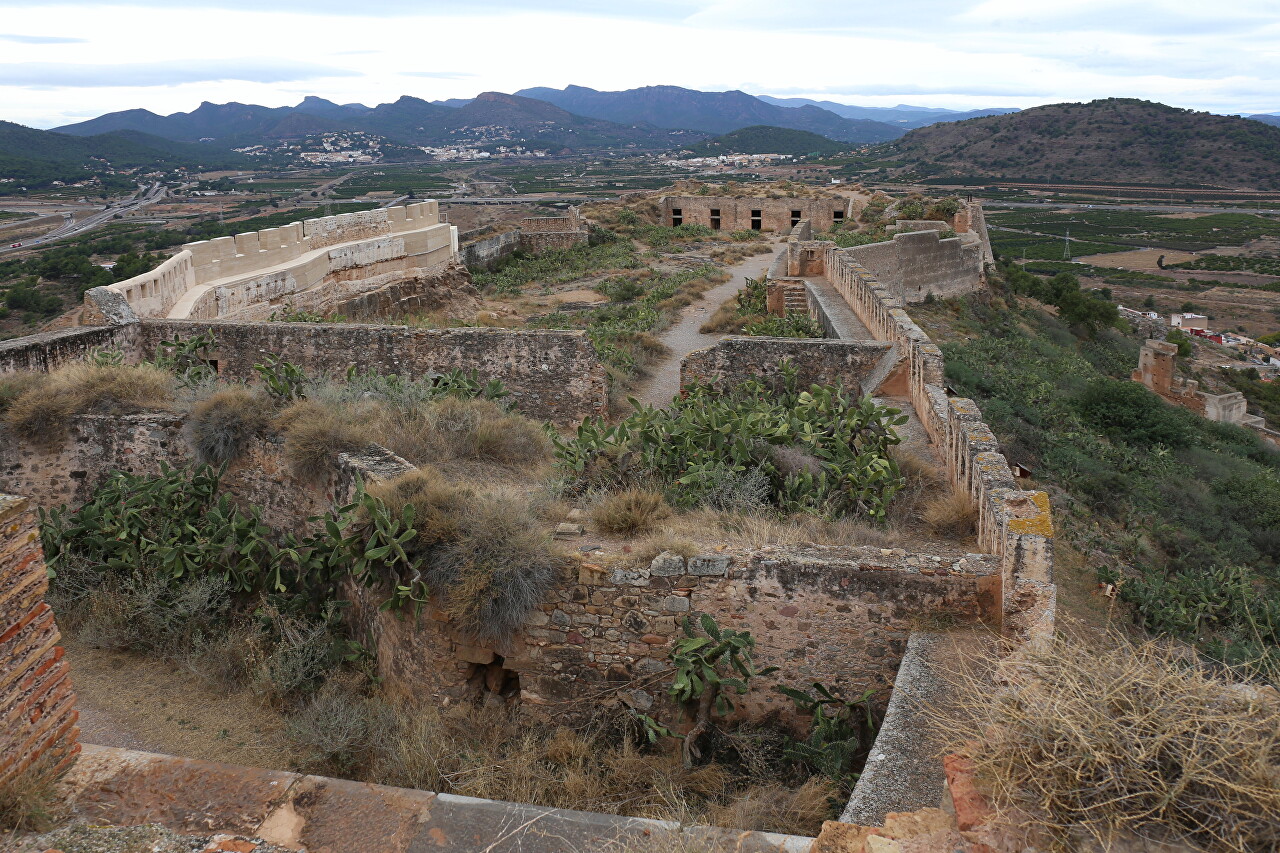
From the top of the fortress hill you can see panoramas of the Sagunto city.
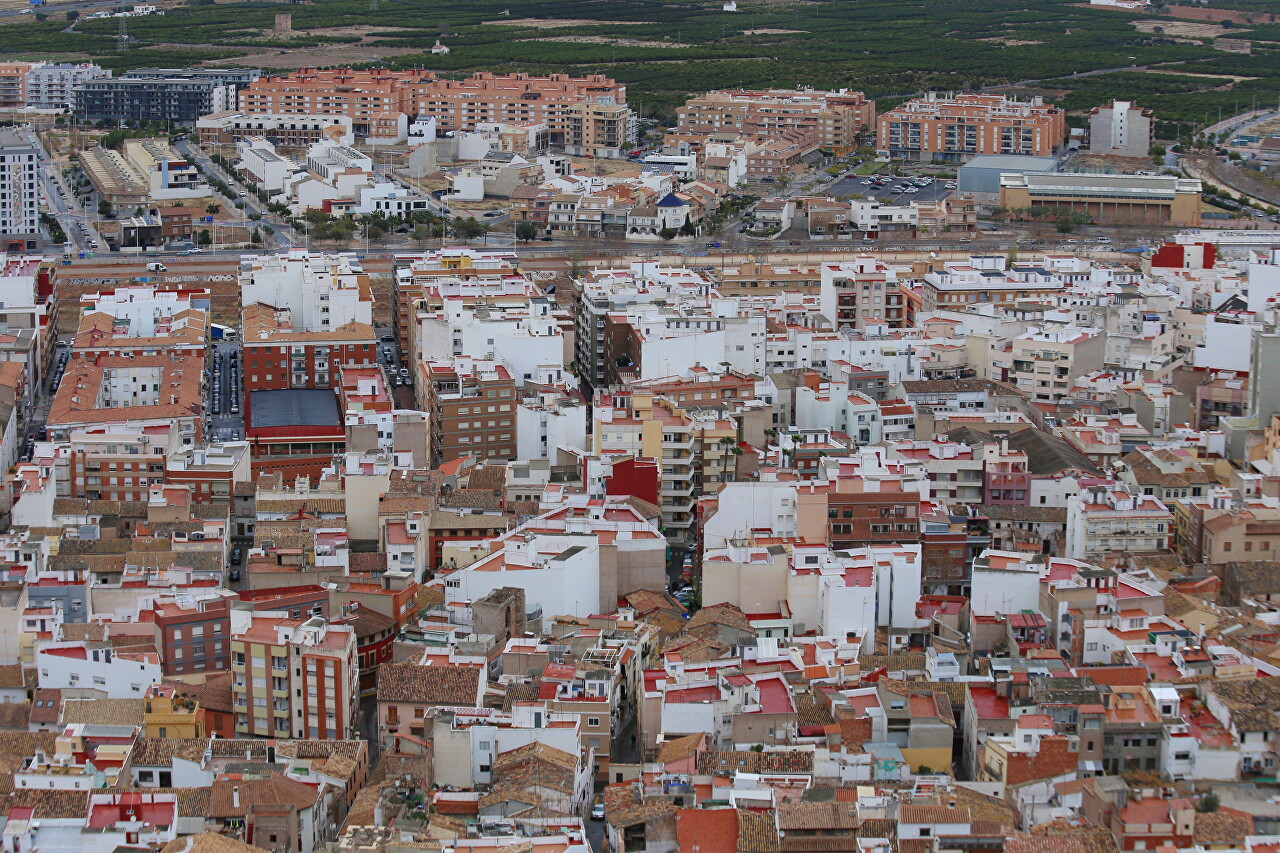
And surrounding areas.
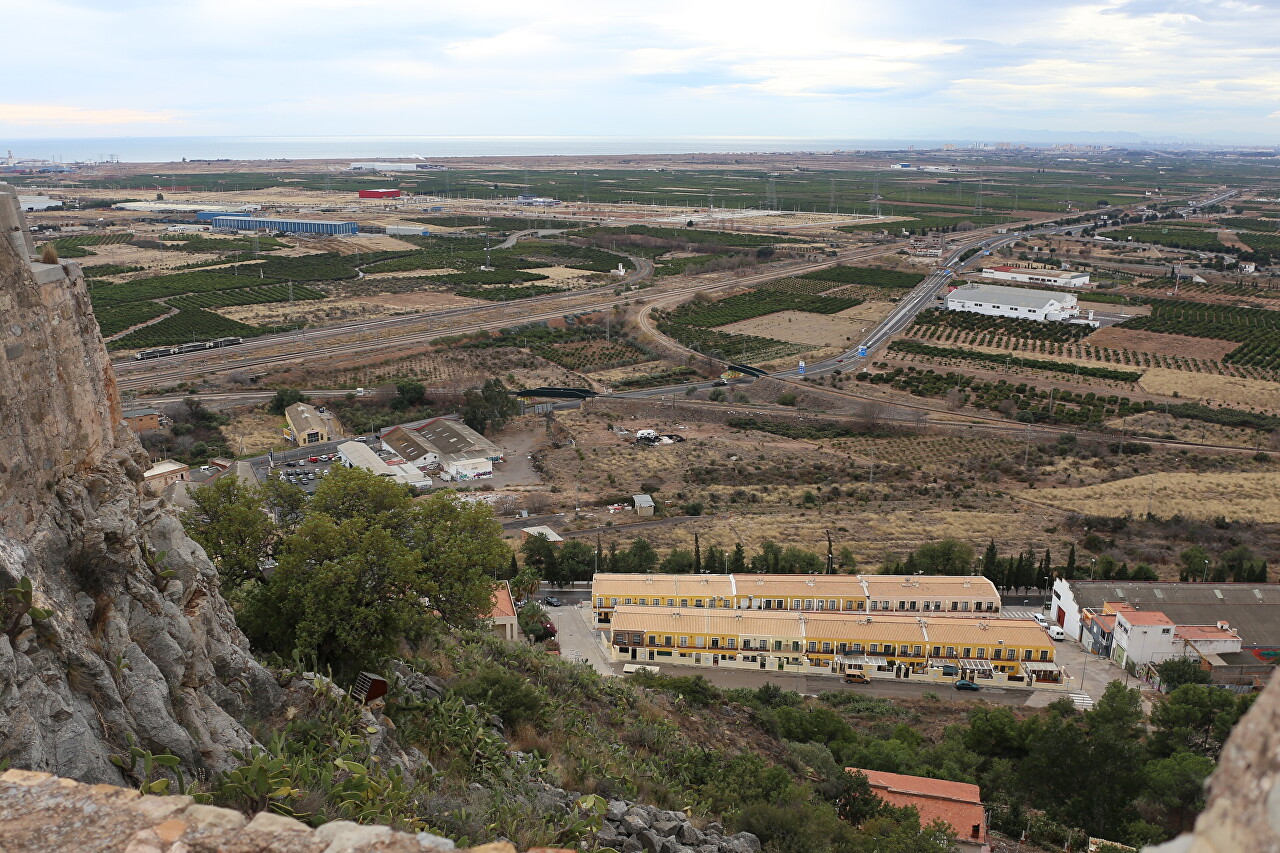
The fortress consists of two main parts-the upper Alcazaba, from where this picture was taken,
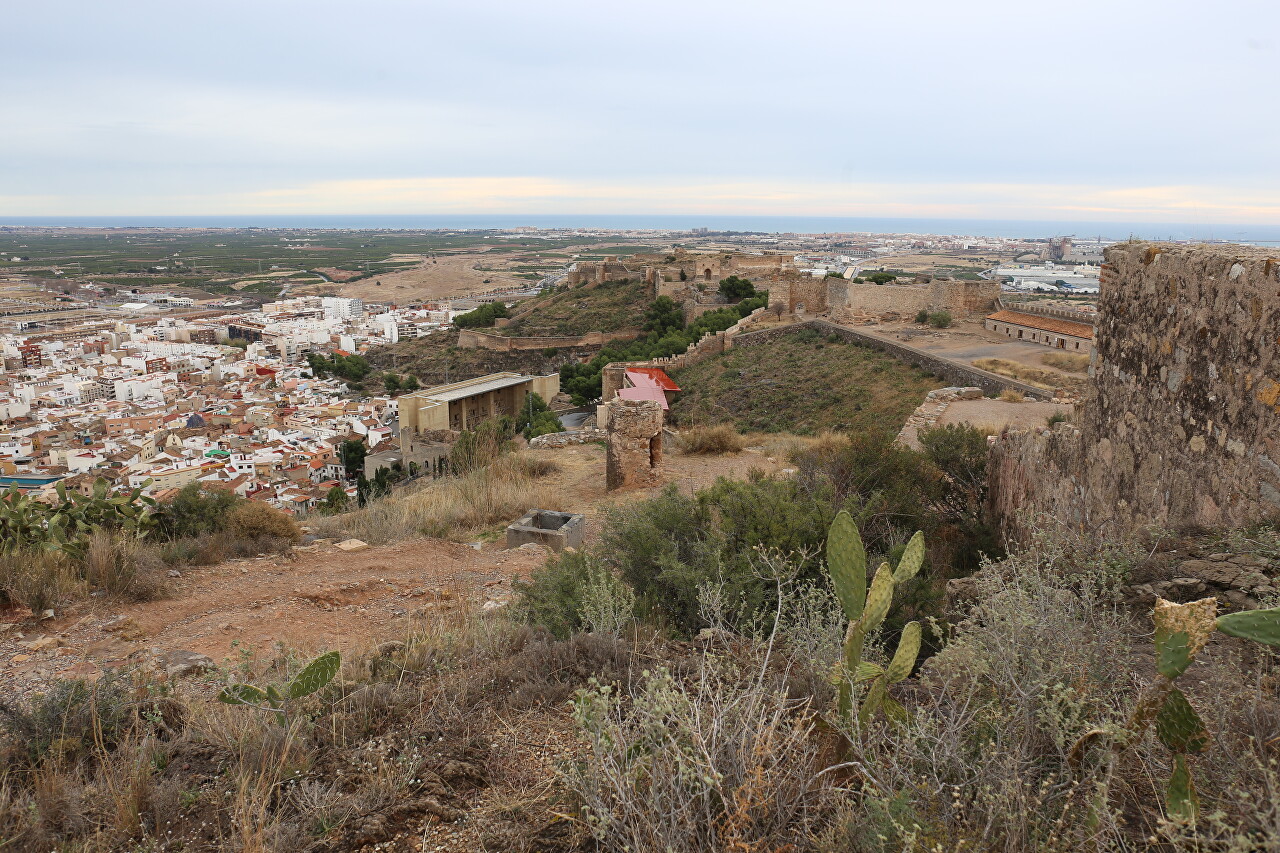
And lower, the Selocia, or Almenara castle. These citadels were surrounded by walls and towers that served as the first defensive ring.
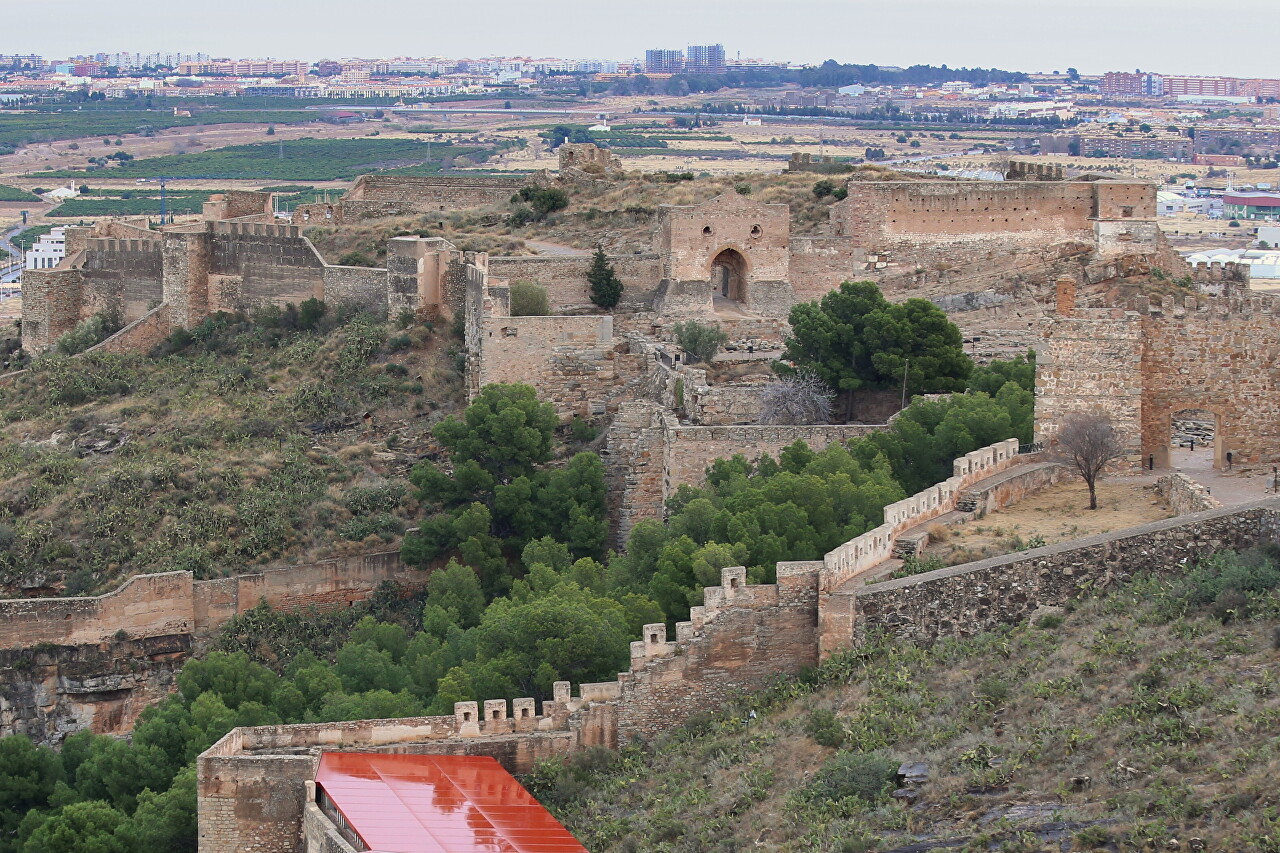
The total length of all the walls reaches five kilometers.
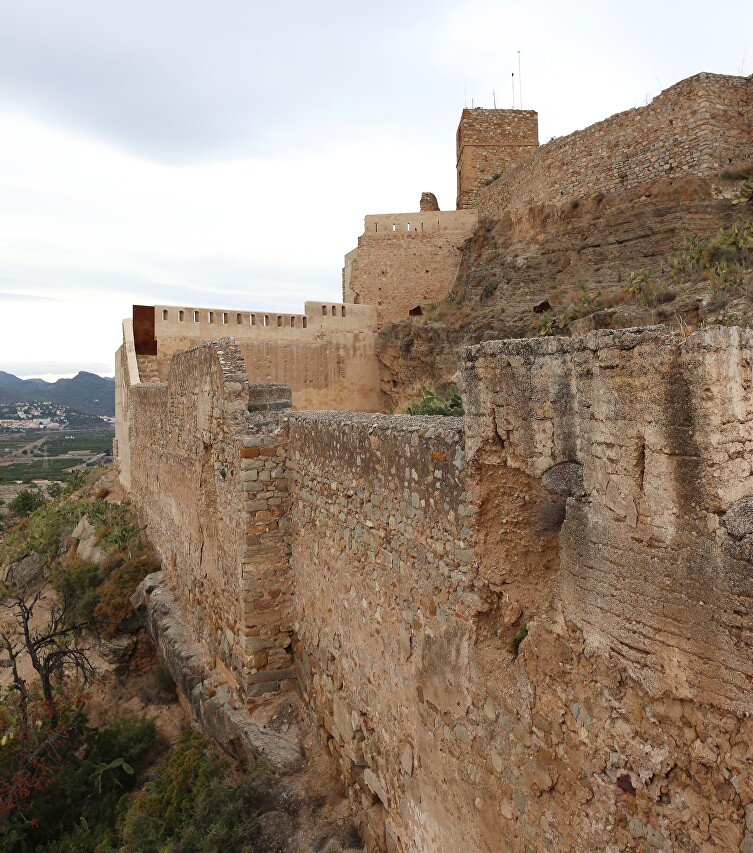
Below you can see a new stage built on the ruins of a Roman theater. We'll look in there later too.
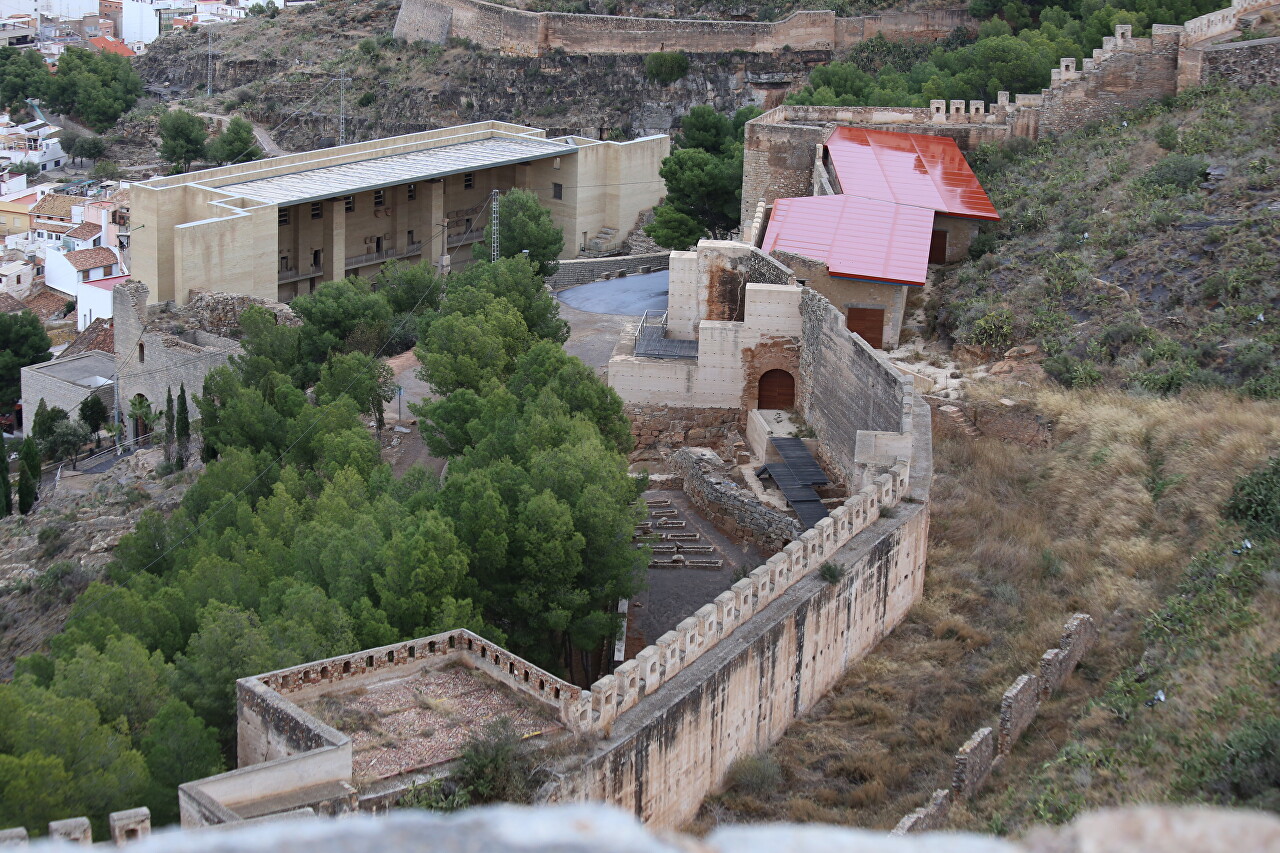
Finally making a circular panorama I'm heading back to the lower part of the fortress. The road is surrounded by ruins of buildings from various eras.
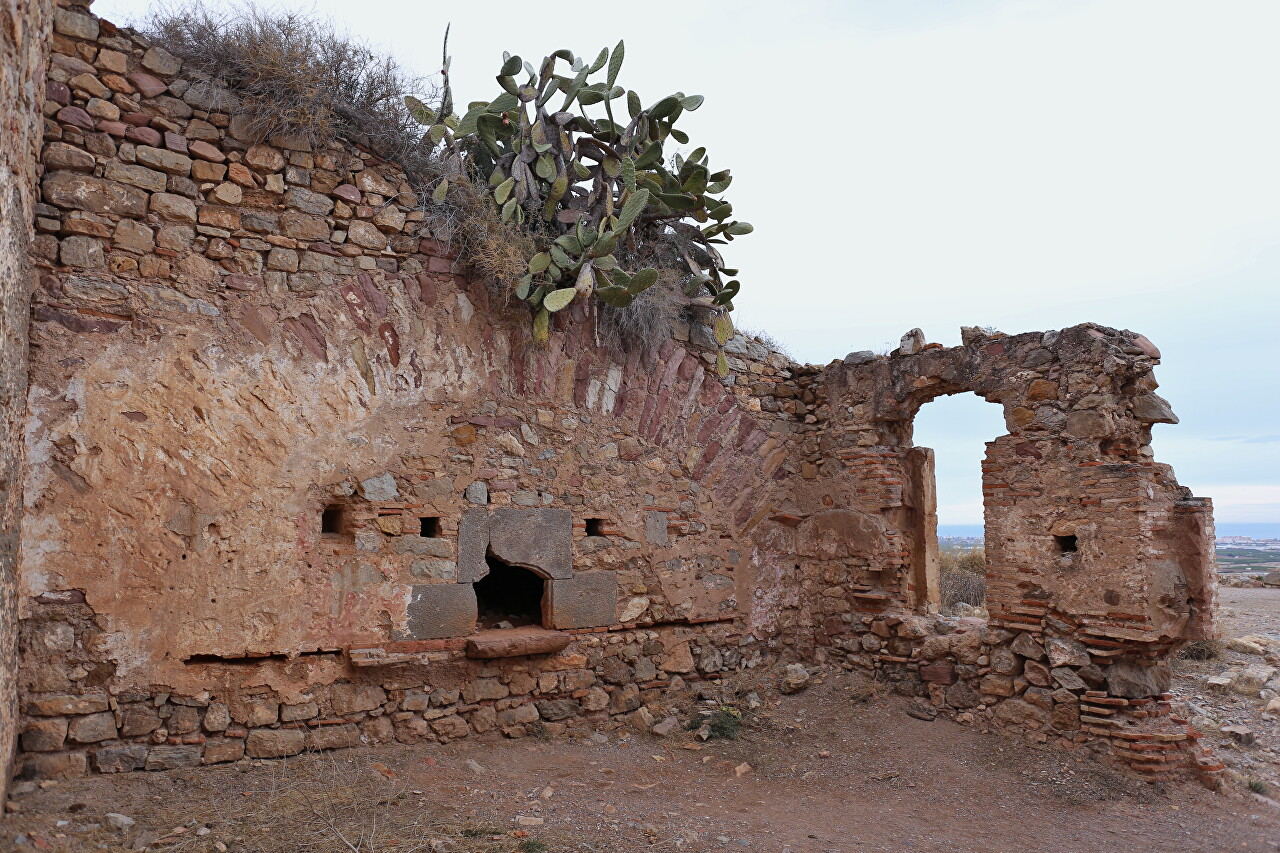
The main building material of this part of the fortress is processed stone.
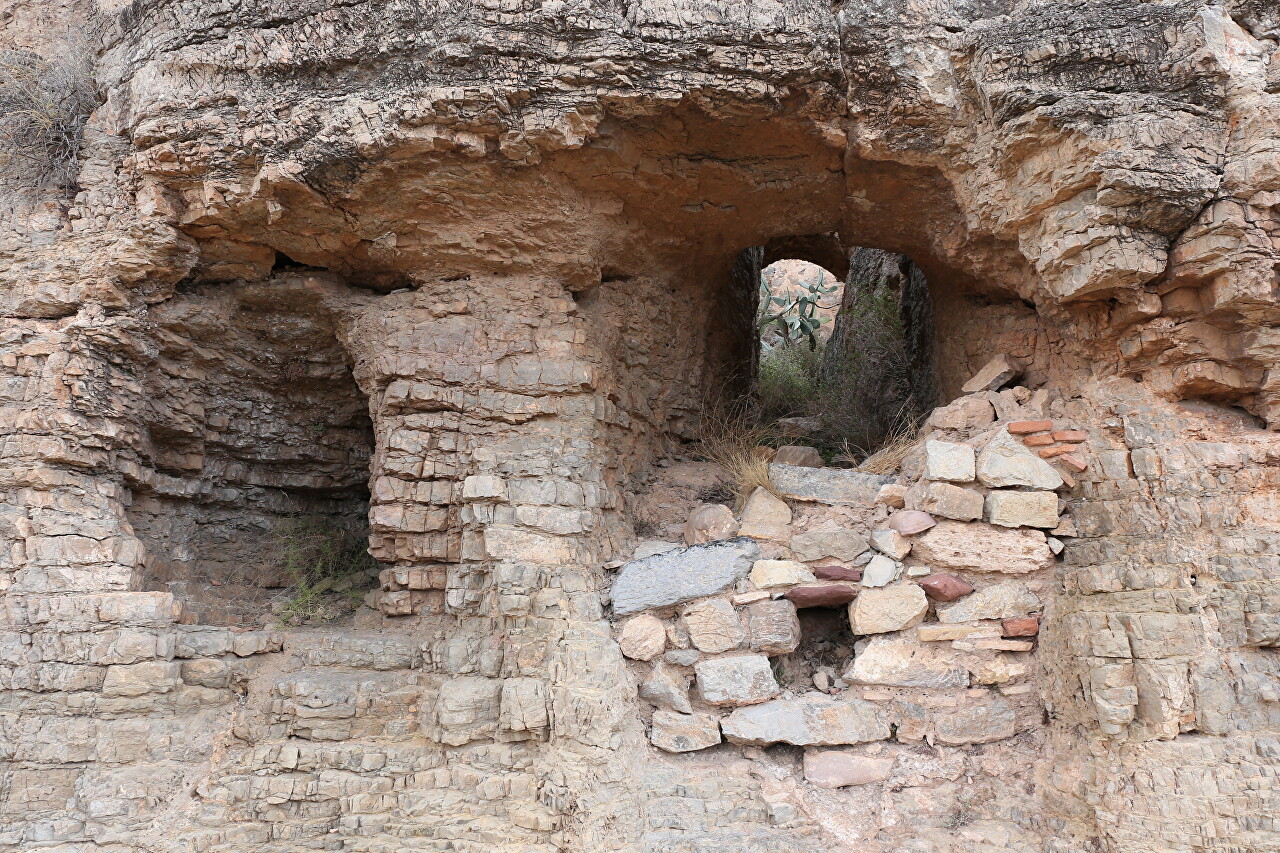
Often there are huge cacti perched on the rocks.
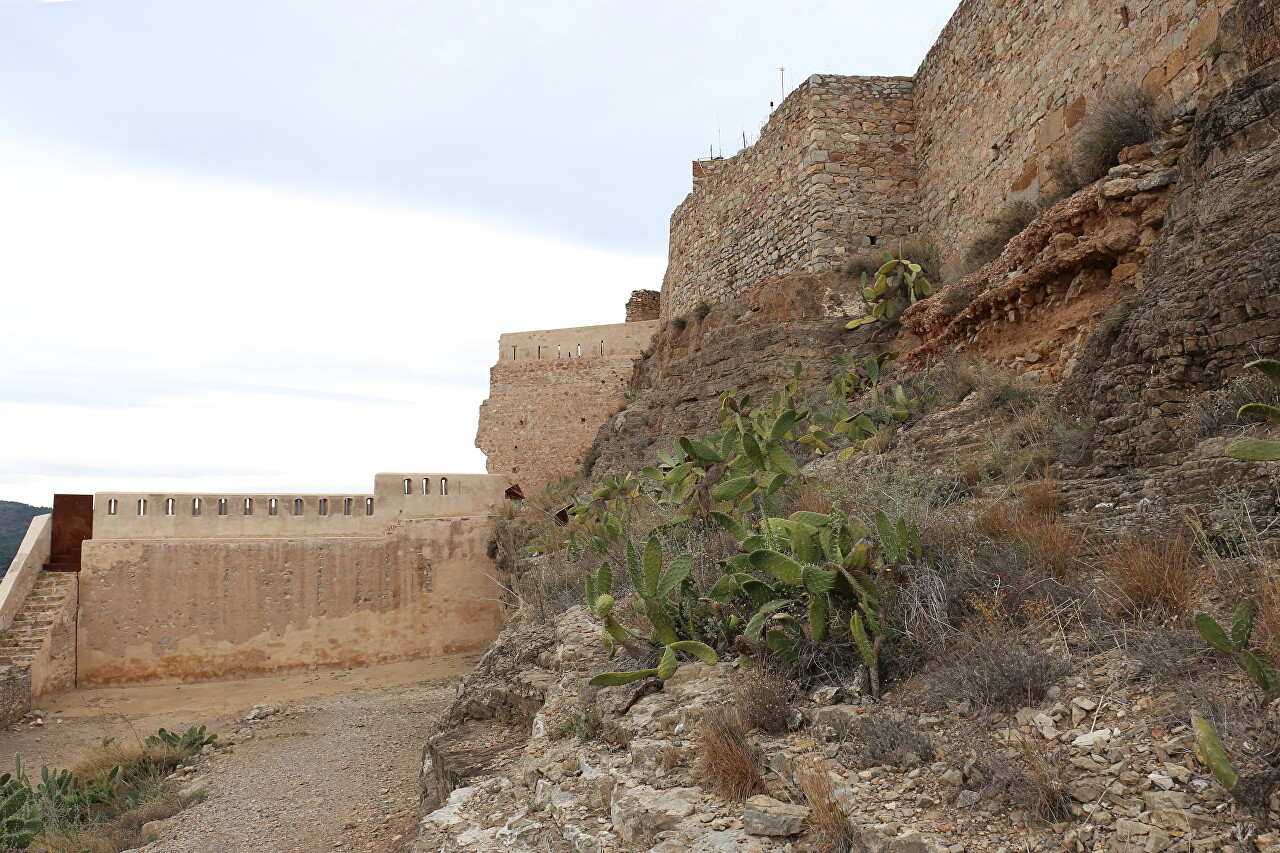
In places cacti form dense thickets.
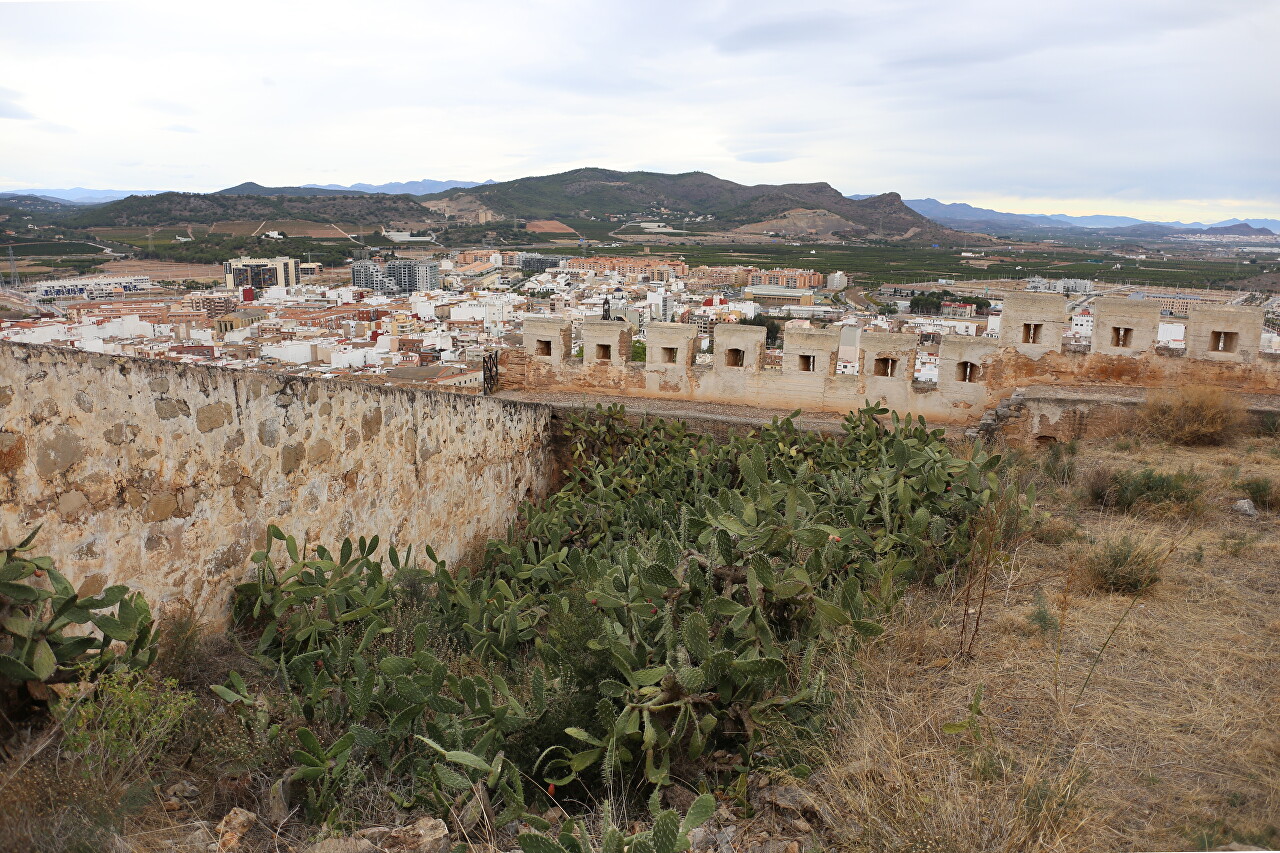
An archaeological museum is located in the long old barracks.

Here you can see fragments of walls with inscriptions from different eras: Iberian, Roman, Arabic and Medieval.
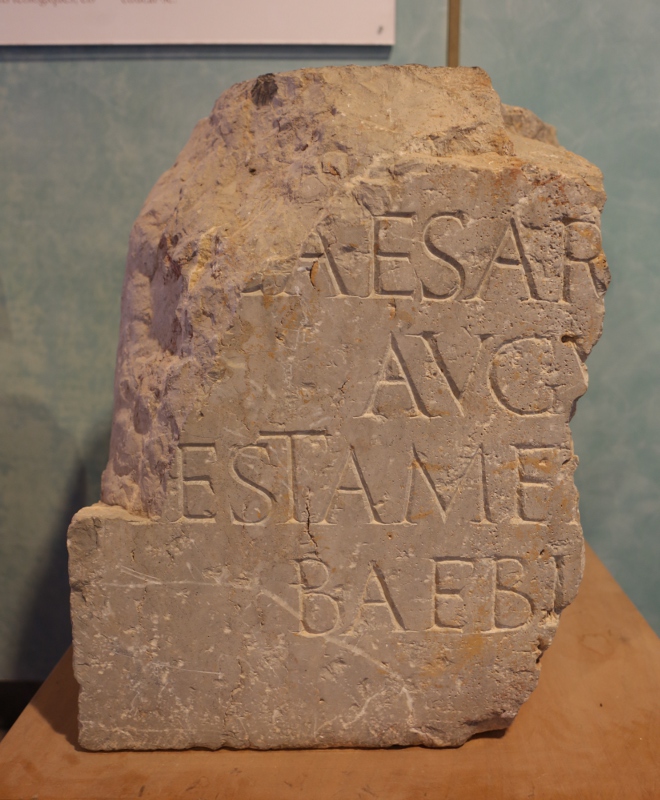
After leaving The Alcazaba gate, I returned to the most ancient part of the fortress, where the ruins of the Roman forum are located.
